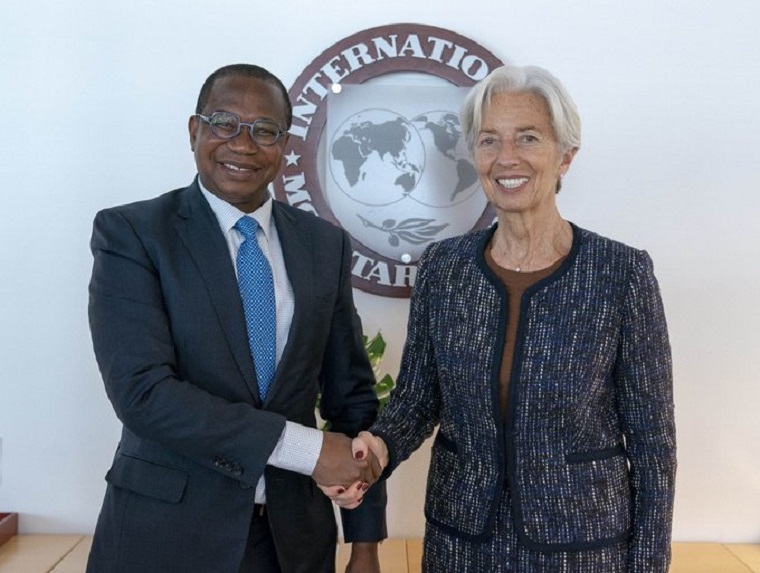The Zimbabwe dollar was withdrawn in 2009, after runaway money-printing and inflation of 500 billon percent under Mr Mugabe, who ruled for 37 years.
In February, the government introduced the mostly electronic RTGS dollar, which has since fallen more than 50 percent on the black market.
According to Monday’s statement, the RTGS dollar and so-called “bond notes” – paper money and coins that emerged during cash shortages – would be the country’s sole legal tender.
This would pave the way for the reintroduction of the Zimbabwe dollar by early next year.
“The march towards full currency reform is part of our transitional stabilization program,” Finance Minister Mthuli Ncube said in a video posted on Twitter.
“This move is really beginning to restore full monetary policy.”
The central bank said that money held in foreign-currency accounts would not be affected.
It also announced a series of other measures, including raising the rate on its overnight window to 50% from 15%, to buttress the currency.
The Confederation of Zimbabwe Industries, bankers and exporters have supported the re-introduction of a local currency, saying this will boost public confidence, reduce market distortion, and ease demand for foreign currency.
“The US dollar will then become a currency strictly only used for external transactions only. This is the long term objective of the liberalisation and currency reform agenda,” participants at a roundtable discussion said in a collective statement.
The industry executives noted that fiscal and monetary prudence was necessary for a national currency to have the confidence of the people and maintain its value.
“Firstly, the budget deficit should be in surplus or be a very small negative proportion of GDP (2-3 percent). Currently, the Ministry of Finance is running a fiscal surplus. This must be continued as far as feasible until the end of 2019 and beyond,” they said.
“Secondly, the printing of currency notes must remain strictly under 10 percent of the monetary or deposit base of the financial system. This is a general rule of thumb used by monetary experts,” the participants added.
The government has already achieved a budget surplus within a short period of time since taking over.
The monthly budget deficit declined from $242 million in November 2018 to a surplus of $733 million in December, and a provisional surplus of $113 million for January this year.
Zimbabwe is expected to continue its successful reining in the budget deficit.
“The target for 2019 is ambitious, but attainable: To reduce the budget deficit from about 12% of gross domestic product to 5%,” Finance Minister Ncube wrote.
President Mnangagwa said his finance minister has prepared the ground for a new currency with the first budget surplus he can recall in decades.
“I’ve been in government for 38 years as minister and I can’t remember when you ever had a budget surplus,” Mnangagwa said. “Now, this young man (Ncube) has been able to achieve a budget surplus in less than eight months.”
The government is expected to seek financing from the IMF early next year and may even consider a Eurobond offering.
Officials have recently announced planned investments worth over $27 billion, including a deal with Russian investors to build a $4 billion platinum mine.
With these steps, Zimbabwe aims to stabilize the economy and currency in the medium term, which could, in turn, lead to the lifting of Mugabe-era sanctions by the US and EU. That would be a key milestone in helping the country recover from almost two decades of isolation.
By Krishna Nag for International Policy Digest
(323 VIEWS)


